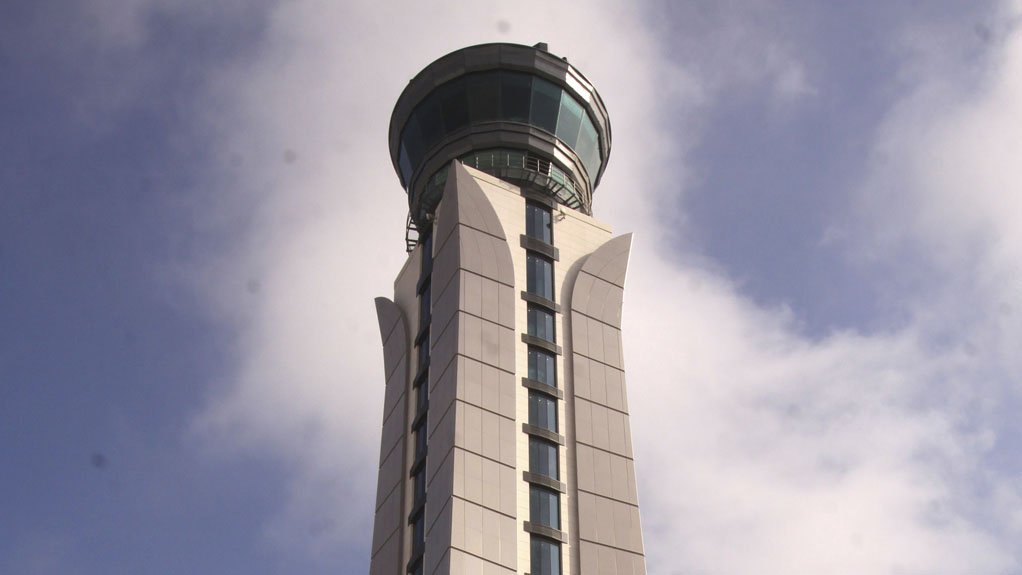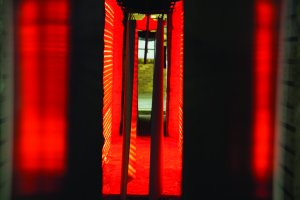South Africa-based Vitrex’s vitreous enamel steel cladding has been used at the new air traffic control (ATC) tower in Muscat, Oman, and can withstand the corrosive, abrasive and high saline coastal conditions.
“The cladding has been chosen for the ATC because it is heavily resistant to corrosion, and the colour does not fade when exposed to high levels of ultraviolet (UV) radiation,” says Vitrex sales and marketing director Cristian Cottino.
He says that, unlike most protective coatings, such as powder coating, paint or electroplating that simply cover steel, the vitreous enamel coating becomes part of the steel.
Vitreous enamel steel is a combination of steel and enamel created through a firing process of between 800 °C and 820 °C; there is no clear seam between the two materials thereafter, as they are perfectly joined into a solid piece, Cottino explains.
“This also allows for vitreous enamel steel to withstand thermal shock or sudden temperature changes. If a vitreous enamel steel plate has been heated up to 500 °C and you expose it suddenly to cold water, there will be no reaction on the plate. The vitreous enamel steel will simply cool down,” he elaborates.
Some of the challenges that Vitrex had to deal with regarding the ATC tower in Oman were matching the colour to the client’s specific requirements and reducing the overall gloss levels. Civil aviation authorities feared that if there was too much reflection in the cladding at night because of the night lights that light up the tower, the ATC tower might interfere with some of the pilots’ line of sight.
By measuring and using precise formulations, Vitrex was able to successfully match the client’s colour. Vitrex reduced the gloss level by introducing matting components in the enamel formula.
Cottino explains that the weight of the cladding also had to be kept to a minimum, which required Vitrex to introduce new techniques to create and secure them to the ATC tower. The overall weight of the cladding was reduced using an aluminium honeycomb core, along with appropriate adhesives, and the panels have been secured through chemically bonded aluminium rails rather than the more traditional use of mechanical fixings.
Other Projects
Cottino points out that the company will continue to work on other projects in the Middle East, the UK, South Africa and Africa using vitreous enamel steel products.
Vitreous enamel steel has a hard surface, registering between five and seven on the Mohs hardness scale, making it difficult to scratch or permanently mark. Cottino says that this property has made it a popular application in train stations globally, with several panels created by Vitrex being used in the London underground network.
He says that airports, train stations and public areas are being lined with vitreous enamel steel cladding to protect the walls from vandalism or accidental marks that could be made through trolleys or bags accidentally scratching against normal painted surfaces.
Vitreous enamel steel panels do not absorb odours or flavours, making them suitable for use in operating theatres in hospitals.
Cottino concludes that some products produced by Vitrex are still in use after 50 years of constant exposure to the elements.
Edited by: Zandile Mavuso
Creamer Media Senior Deputy Editor: Features
EMAIL THIS ARTICLE SAVE THIS ARTICLE
To subscribe email subscriptions@creamermedia.co.za or click here
To advertise email advertising@creamermedia.co.za or click here















